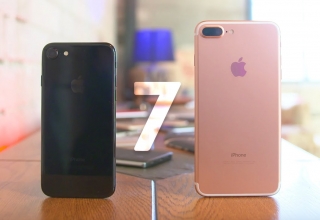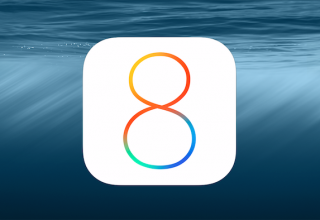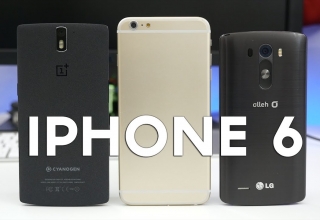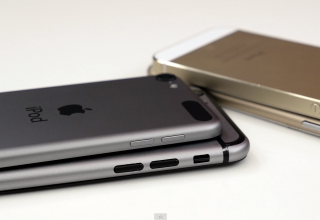We’ve had many major news outlets go on the record lately insisting that Apple is introducing a larger screen on the new iPhone. While we don’t know for sure, the rumors are certainly piling up. But who will suffer from this change? Does Apple really want to fragment device screen sizes like the sea of Android phones on the market?
Regardless of what happens, developers don’t seem to have any concerns…
A poll taken by GigaOM rasied this concern to a few high-profile iOS developers, and apparently they aren’t the least bit concerned with the rumors.
CEO of Localmind, Lenny Rachitsky:
We haven’t put a lot of thought into it yet, partly because we assume Apple isn’t going to pull an Android and fragment the device market unnecessarily. If they do, they must have a really good reason to do it, and we’re confident they’ll provide tools to make it easy to migrate. The last thing they want to do is put more friction in front of developers.
Localmind’s lead developer, Nelson Gauthier, agrees with his boss:
Apple often changes the requirements for iOS applications but they usually give developers fair warning and decent tools to accommodate new devices. The transition to Retina display and iPad were both relatively straightforward…
…Apple might help developers transition between form factors by providing a system that would automatically adjust layouts for new resolutions and display aspects. Last year at WWDC, they revealed a component for Mac OS X called Cocoa Auto-Layout that allows developers to define layouts using fairly simple, freeform constraints. A system like this could also work on iOS…
Everyone seems to be on the same page as far as fragmenting device screen sizes. But a bigger screen would only come without cost if Apple retained the same aspect ratio according to Massive Damage Inc.’s CEO, Ken Seto:
I can’t quite imagine how they will introduce yet another retina resolution standard. Overall, I think if Apple does increase the screen size, they will be careful to not introduce too much fragmentation. They will likely keep the aspect ratio the same so developers won’t have [to] refactor their UI,” he said. “I have a feeling a bigger iPhone will automatically scale up existing retina resolutions as the screen would likely only get a little bit bigger.
The rumors are stacking in favor of a larger screen but will Apple really make that fragmented move? I’ll start buying into it more if we catch a glimpse of a “leaked” 4-inch iPhone screen. In reality I think that if Apple does increase the screen size, the aspect ratio won’t change. This would make migration transparent by simply using some extra pixel magic.
Rene Ritchie of iMore seems to agree with me, simply up-scaling the graphics on the current screen size. Doing this wouldn’t add any more real estate but make what exists already, bigger:
The result of this type of screen would be bigger text, bigger controls and buttons, bigger touch targets — in other words, bigger apps. There would be no extra pixels gained, so the amount of information that could be displayed wouldn’t change, but the same amount of information would be displayed at a larger, presumably easier to consumer, easier to interact with size. Only at a lower density.
But like Ken Seto said, I can’t imagine Apple implementing such a change in their product line without an easy way to execute the change flawlessly for themselves and developers. Apple made the Retina upgrade process extremely simple when the new iPad was released, so I’d imagine they’d take the same route for the new iPhone or iPhone 5.
What do you think about the 4-inch iPhone 5 rumors?






